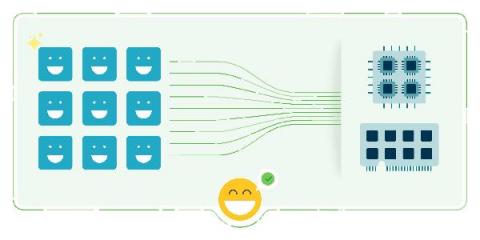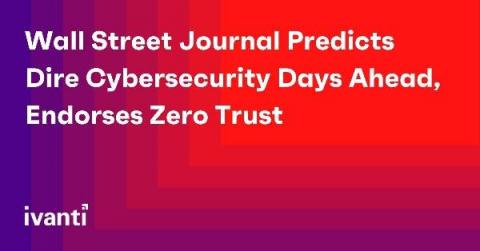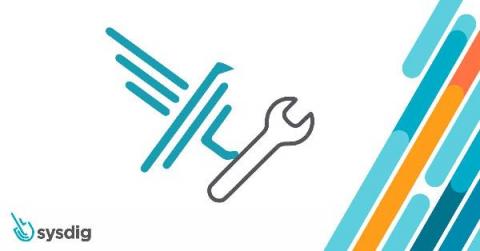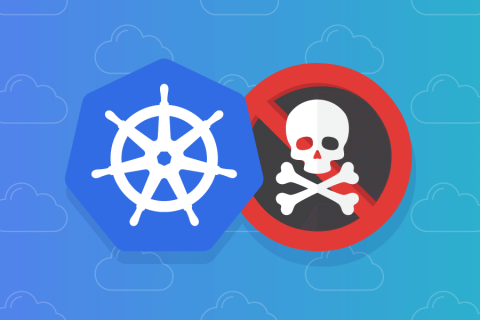How to rightsize the Kubernetes resource limits
Kubernetes resource limits are always a tricky setting to tweak, since you have to find the sweet spot between having the limits too tight or too loose. In this article, which is a continuation of the Kubernetes capacity planning series, you’ll learn how to set the right Kubernetes resource limits: from detecting the containers without any limit, to finding the right Kubernetes resource limits you should set in your cluster.










